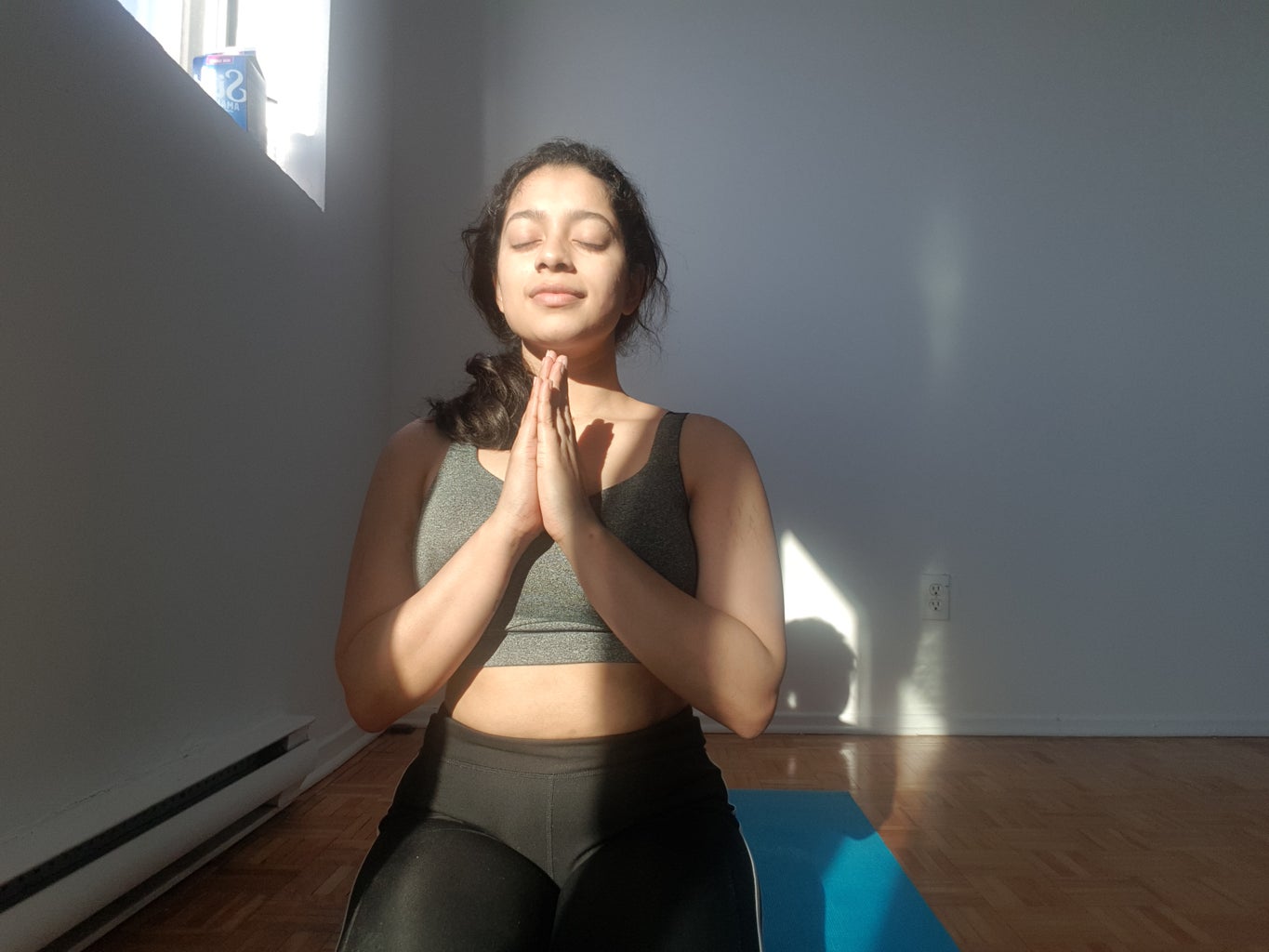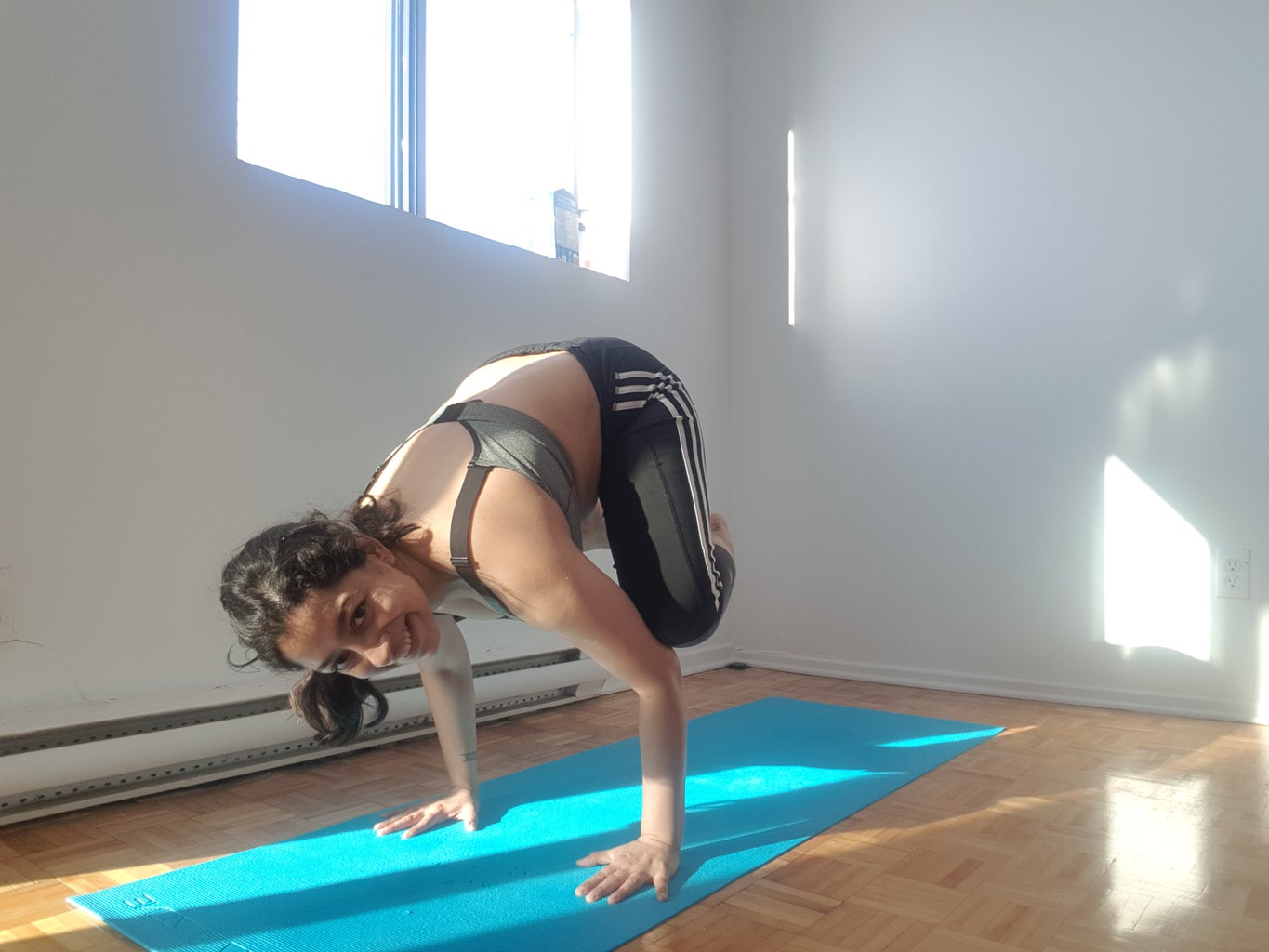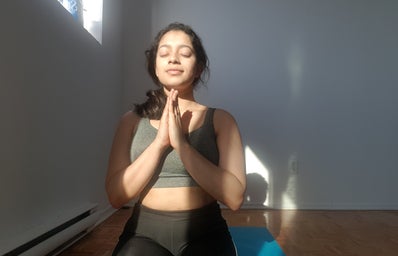I used to cringe at the thought of yoga healing my mind, but four months after being diagnosed with depression, I found peace in it.

We often think of yoga as a thing of the bourgeoisie and not for the layperson. As an Indian, I can tell you it’s anything but.
Everyone in India has a clandestine relationship with yoga, whether it’s pranayama — breathing exercises — to clear their noses when they’ve got a cold, or sitting in vajrasana — thunderbolt pose — to digest their food after a large meal. And today, it’s not just us Indians. I don’t think we realize that every little thing we do is yoga. I also think it’s one of the most accessible forms of exercise, because even breathing is yoga.
So, I asked myself: “Why not yoga for healing too?” And thus began my exploration of Yoga with Adriene.
Adriene has one simple principle for yoga: Find what feels good. In a world of rules, regulations, and too many boundaries, this direction for yoga was a relief for me.
Adriene’s YouTube channel provides a cornucopia of yoga styles, practices and 30-day routines. Many months ago, an acquaintance told me she was doing a 30-day yoga challenge and I was intrigued by it. When I looked for one on Adriene’s channel, I found many, many, options for 30-day challenges! I was surprised, but also overjoyed.
I thought to myself, if I could complete one 30-day routine, nothing could stop me from doing more, especially not a shortage of content. That’s when I felt a new kind of empowerment — like my life was finally in my circle of influence.
I started with Adriene’s very first 30-day challenge which she simply called “30 Days of Yoga.” In the seven years since, she has made many more, and her community has grown to reach people worldwide and encourage zero-equipment home practice.
I chose to begin my day with yoga for strength, mental awakening and a steady pulse before school and work. I’d wake up at 6 a.m., brush my teeth, tie my hair and unfurl my yoga mat.

self-esteem
While finding physical stability in the poses, I found mental stability and an unfamiliar sense of self-esteem. There is no long-winded explanation for this.
I had lacked self-esteem for as long as I could remember, with a facade of confidence shielding me from the X-ray vision of employers and friends. Hence the depression, anxiety and all the other blah, blah, blah — WAIT! I’m not minimizing my mental health, I’m just tired of talking too much about it.
Holding bakasana, or crow pose, I realized that the empowerment and strength I felt in an arm balance was what I felt when I set boundaries in life off-the-mat. Strength is not a monolith, it’s what it means to you. It’s personal, intimate and can very well exist only in your heart. That’s where it’s needed the most.
Boundaries are uncomfortable, but they ultimately help others and you respect yourself.

FLEXIBILITY
Everyone knows yoga is all stretchy, bendy and twisty. I love that part of it. Adriene loves twists too. She’s always got fun twists for warm-ups and cool-downs. But what’s a twist in terms of mental health?
For me, it was flexibility in my thoughts about the people around me and myself.
Chakrasana, or wheel pose, is designed for core and lower back strength, but bending the body into a semi-circle is the real challenge. I was amazed by how far I could bend comfortably and since I started going into the pose regularly, I’ve been observing how accommodating people can be in real life. We agree to things to comfort others every day, even if they’re things we don’t really want to do. We are inherently flexible, but perhaps we make ourselves rigid to set boundaries that confine us to a small space rather than a safe space. At least, that’s what I used to do.
But today, my “inner smile,” as Adriene says, makes me physically and emotionally flexible. My boundaries accommodate me and those around me.

PEACE
You know that feeling when you take a deep breath in and exhale all your stresses and troubles? Yeah, that’s what I learned how to do while practicing yoga with Adriene.
I found peace in a practice that prioritizes breathing — and I won’t go into the science of it — but there’s a reason why people always tell each other to “breathe” when things become too much.
Yoga is healing me, and maybe it can help you exhale some of your troubled energy and embrace some love, too.
Go strike a pose, beautiful!


